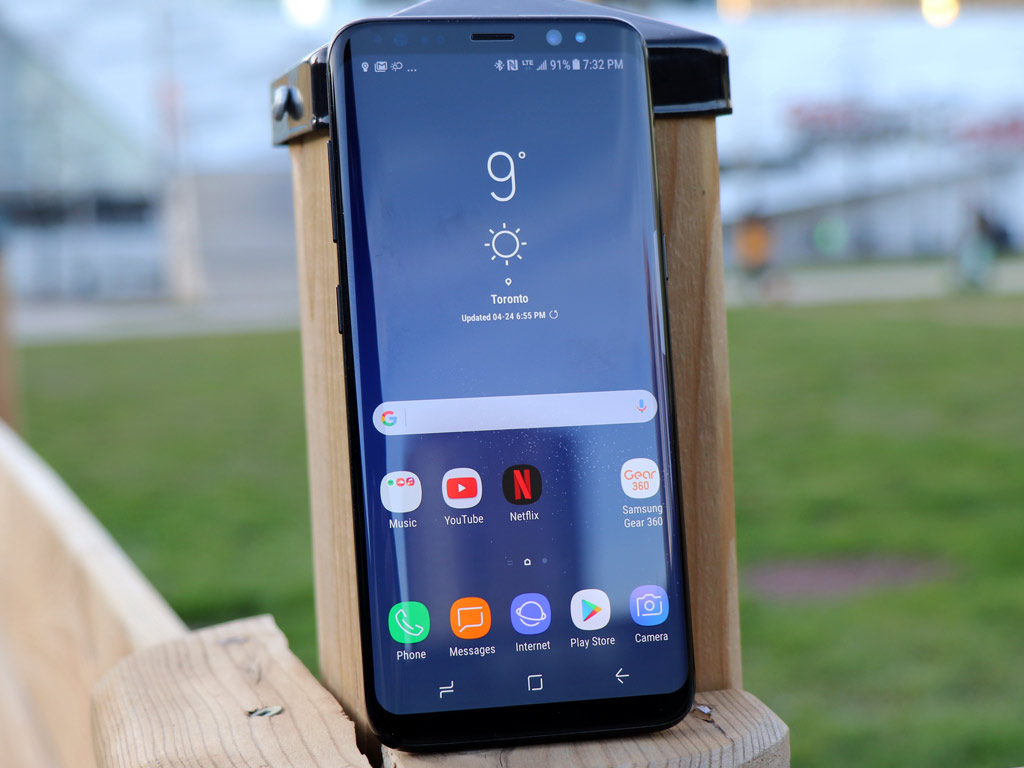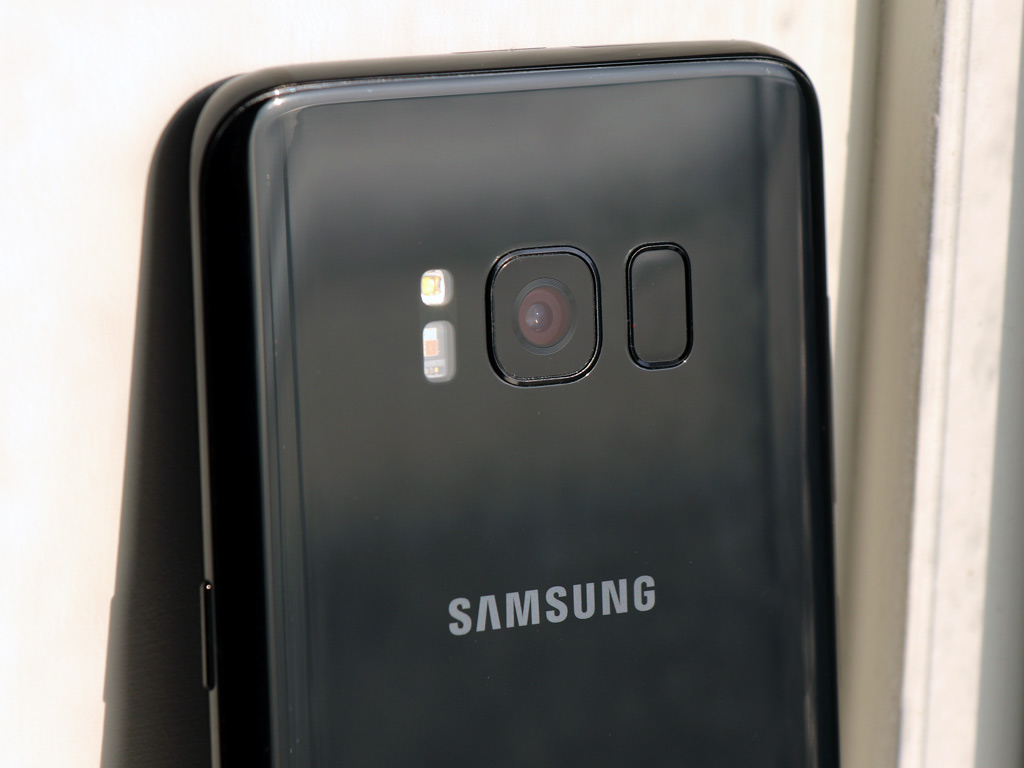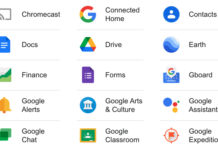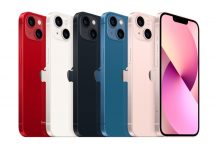
| Samsung Galaxy S8 Display: 5.8-inch 2960 x 1440 AMOLED display with 570 pixels per inchOS: Android 7.0 Nougat Processor: 2.35GHz + 1.9GHz Snapdragon 835 64-bit quad-core processor Memory: 4GB RAM, 64GB (microSD card slot expandable up to 256GB) Camera: 12-megapixel rear camera with optical image stabilization, 8-megapixel front-facing Video: Up to 4K Ultra HD video recording Battery: 3000mAh (non-removable) Connections: LTE, Wi-Fi, Bluetooth 5.0, A-GPS, NFC, Fast Charging, USB-C, Fingerprint sensor, Iris Scanner, Wireless Charging Dimensions: 5.86 x 2.68 x 0.31 inches Weight: 152 grams Comes in midnight black and orchid grey |
Samsung gave its flagship S line of smartphones a redesign to make room for larger displays and slimmer bodies, culminating in a build that is among the most elegant available. While familiar, the new look for the Galaxy S8 and S8+ comes with some trade-offs that may impact how you use the device.
Physical changes to a popular phone line don’t go unnoticed, and Samsung users will surely recognize what’s been done here. By enlarging the screen and reducing the bezels above and below, the “Inifinity Display” moniker Samsung has labeled for these two devices speaks to that design philosophy.
Galaxy S8 redesign
To make this happen, certain things had to relocated. The physical home button is gone, and the fingerprint sensor that was once built into it placed on the back next to the camera lens. That is one choice that I would argue is among the most divisive, not least of which because it was such a good security feature the last two iterations.
The home button is now a touch key, like the back and multitask buttons have been for years, except Samsung did build some haptic feedback in. Both devices have curved displays, which explains why the company dropped the “edge” suffix to the name it had before.
Having the curved display isn’t the focus this time around. Samsung doesn’t even say that much about it. Instead, it’s the size of the screen itself. At 5.8-inches (6.2-inches for the S8+), the phone has an elongated form factor, which does two things. First, it makes it easier to use with one hand when accessing something laterally. Second, it feels like a smaller phone that it is because of it.
The larger screen also means a unique aspect ratio—18.5:9 instead of the usual 16:9. What does that mean in practical terms? Apps and games will be able to make use of the extra space on either side. It’s somewhat analogous to how video went from 4:3 to 16:9 widescreen, though it’s not as dynamic a difference in this case.
Amidst all this is a phone outfitted with impressive internal specs and the usual trappings you’d expect. There is a headphone jack and microSD memory card slot. The body is water-resistant like its predecessor was. The iris scanner first introduced in the ill-fated Note 7 is embedded, along with a facial recognition sensor.
Introducing Bixby
 Samsung introduced Bixby as its new artificial intelligence platform when unveiling these new phones. Made up of three parts, the idea is for it to learn about you and provide contextual information on demand.
Samsung introduced Bixby as its new artificial intelligence platform when unveiling these new phones. Made up of three parts, the idea is for it to learn about you and provide contextual information on demand.
Hello Bixby uses a card-based layout that you can access by swiping right from the home screen or double pressing the dedicated button on the left edge. The cards present basics, like weather, traffic, news, sports scores and calendar entries. Some integration includes Google Maps and Uber, among others, and Samsung is promising more.
Bixby Vision uses the phone’s camera to recognize objects and words. The translation feature isn’t all that different from how previous Samsung phones integrated it (it does use Google Translate), but the shopping connection is something new.
Bixby Voice is the voice recognition element, except it wasn’t available to test, so I don’t know how good it is. What is clear is that Bixby, as the sum of its parts, is still very much in a nascent stage. Vision was very hit or miss on recognizing products or landmarks. Hello Bixby looked like a nice layout, but there were times where it was still showing news and scores from two days prior.
It’s still early, so patience is required, but Samsung will have to prove Bixby’s worth. I ended up using Google Assistant as my voice assistant, which has already proven to be among the best currently available.
Performance and software
The thing about having a beautiful screen is that doing anything on it evokes feelings. That Samsung is supporting HDR content on both devices is likely going to be lost on most casual users, but it will stand out once you see it. HDR is not about resolution, but rather the accuracy of highlights, shadows and colour. On a Super AMOLED with vivid saturation that isn’t ridiculously skewed, the effect should be more apparent. When the content is more accessible, the impact should be obvious.
The Galaxy S8 has no problem running just about anything. Streaming video, demanding games, productivity apps—it can do it all. I wasn’t surprised, especially since Samsung had also unveiled the DeX, an accessory that connects the phone with a desktop monitor, keyboard and mouse for a PC-style experience.

The inclusion of Bluetooth 5.0 increases range and functionality. It would now be possible to pair with a speaker and headphones at the same time, playing music through both. The scenarios might not be numerous for such a setup, but assuming you have two phones—one personal and one for work—the ability to pair with both and utilize their features doesn’t hurt.
One advantage in having security redundancy is that you can latch on to a method that works best for you. For example, the iris scanner doesn’t work with glasses and contact lenses, whereas the facial recognition can. The fingerprint sensor works fine, but not with gloves. Its location is also terrible, almost inviting you to accidentally plant your finger on the rear camera lens instead.
Samsung did little to invigorate the Edge display interface that it promoted so much the last two years. The same layout offers shortcuts to apps, contacts and news headlines, among other things, but I still don’t see the reason to go to it on a regular basis.

Camera
The significant camera improvement shown in the Galaxy S7 and S7 Edge carries over to the S8, except it’s hard to point at any leap forward this time around. For the most part, Samsung chose to leave things, as is. Not a bad move, by any means, but in a tight battle for camera supremacy, it’s expected that a flagship device will innovate.
A few changes to note are manual controls in the Pro mode when shooting video. Plus, you can also shoot video in 1080p at 60fps, something that wasn’t available before. For those liking good selfies, the 8-megapixel front-facing camera also has autofocus to hone in on faces.
In otherwise keeping things the same on the rear camera, the results are still noteworthy. I always prefer the Pro mode when shooting because I can get more accurate composition. Adjusting shutter speed and ISO can make a huge difference, especially in bright or dark settings.
Battery life
Naturally, the battery is going to accrue some scrutiny. To offset concerns, Samsung says it rigorously tested the battery to ensure safety. It also chose to go with a slightly smaller capacity compared to the Galaxy S7 and S7 Edge. By and large, the results end up being the same on life per charge. The Galaxy S8 (and S8+) can last a day, but don’t expect amazing battery life.
Final Thoughts
As the measuring stick for Android smartphones, Samsung’s Galaxy S line has driven others to do better, helping the industry deliver more every year. The Galaxy S8 is a step forward in that it sports a beautiful display that entirely takes over the front panel without making the phone totally unwieldy.
Squeezing in the iris and facial recognition scanners adds more security. Performance is solid, and the camera is still capable of capturing excellent images. The wild card is Bixby, which is still at a very early stage and has a lot to prove moving forward. The challenge is that the full extent of what it offers may not be felt until late in the year or early next year.
For anyone seeking a premium Android handset that looks great and functions at an elite level, the Galaxy S8 (or S8+) will certainly deliver that experience.
The Samsung Galaxy S8 and S8+ are available now. http://www.bestbuy.ca/en-CA/samsung-store/smartphones.aspx?icmp=Wireless_BBYM_Hub_MainFeature_SamsungGS8_LearnMore#galaxys8



